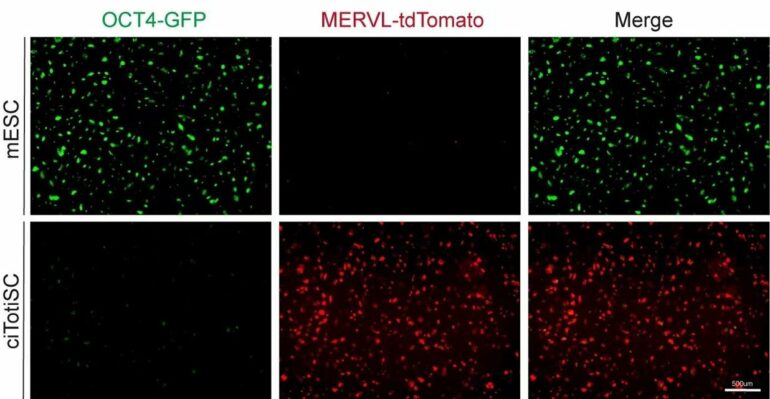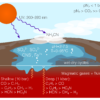Topological photonics is an emerging area that provides unprecedented opportunities for controlling the flow of light in photonic integrated circuits. With the introduction of non-trivial topological phases, a one-way street for light is feasible in photonic crystals (PhCs) and other platforms. Like a tightly regulated one-way traffic lane, light cannot be reflected back in these exotic structures.
However, such one-way transport of light at visible and near-infrared wavelengths may not robust against strong fabrication defects due to insufficient topological protection. Furthermore, poor mode confinement and limited bandwidth hinder the future development of high-density topological photonic integrated circuits.
To solve these problems, in a recent study published in ACS Photonics, Liu Tianji from the Changchun Institute of Optics, Fine Mechanics and Physics (CIOMP) of the Chinese Academy of Sciences, collaborating with Satoshi Iwamoto from the University of Tokyo and Yasutomo Ota from Keio University, numerically demonstrated the above 1,000-fold enlargement of topological bandgaps in epsilon-near-zero (ENZ) magneto-optical (MO) PhCs in comparison with previously reported results.
The proposed two-dimensional MO-PhC is composed of triangular MO prisms with a honeycomb lattice embedded in a silicon plate. With an applied magnetic field, non-trivial topological properties are imparted to the opening photonic bandgaps. In general, the topological gap size is extremely small at visible and near-infrared wavelengths, due to very weak responses in naturally occurring MO materials.
Conversely, MO responses can be enhanced by reducing diagonal permittivity constant elements of MO materials with the help of artificial metamaterials. As an extreme case, MO-PhCs with ENZ diagonal permittivity elements lead to a great enlargement of topological gap sizes.
A one-way street for light was built with the combination of two ENZ-MO-PhCs with the opposite magnetization. Unidirectional and backscattering immune transport of light was numerically obtained at the interface between two PhCs. And the transport performance was unchanged even with large-size defects and sharp bends.
More information:
Tianji Liu et al, Topological Band Gaps Enlarged in Epsilon-Near-Zero Magneto-Optical Photonic Crystals, ACS Photonics (2022). DOI: 10.1021/acsphotonics.1c01942
Provided by
Chinese Academy of Sciences
Citation:
Exotic photonic crystals empower robust one-way transport of light (2022, June 23)

